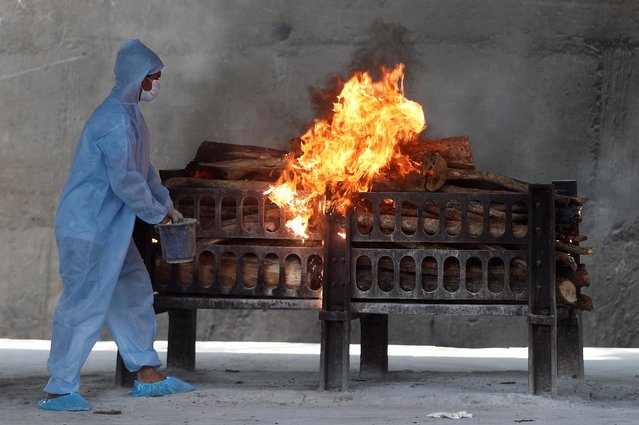
A cosplayer dressed as a “remote worker” with “corporate slave” written on his glasses poses for a photo on New Year's Eve at Comiket, the largest comic market that had been postponed for two years because of the coronavirus disease (COVID-19) pandemic, in Tokyo, Japan December 31, 2021. (Photo by Androniki Christodoulou/Reuters)
12 Jan 2022 07:48:00,post received
0 comments







